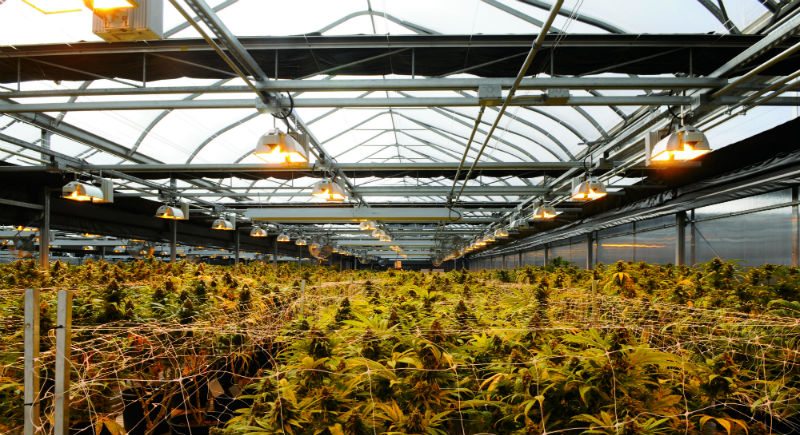Making the right environment for cannabis farming needs best vpd for flowering around a few key factors. Whether you're growing inside or in a greenhouse, knowledge these climate requirements can make the huge difference between an average crop and exceptional yields.

Heat Administration
Marijuana plants prosper within specific heat stages that differ by development stage. Through the vegetative period, maintain daytime conditions between 70-85°F (21-29°C) and night conditions about 65-75°F (18-24°C). This temperature differential encourages balanced development and stops stress.
During flowering, slightly cooler problems work best. Keep day temperatures between 65-80°F (18-26°C) and night temperatures about 60-70°F (15-21°C). That colder atmosphere assists protect terpenes and stops heat pressure that will injury establishing buds.
Check heat changes carefully. Quick improvements can distress flowers and minimize overall productivity. Use thermostats, supporters, and heat programs to keep up regular conditions through your growing space.
Humidity Control
Relative moisture plays a crucial role in blocking form and mold while encouraging balanced seed development. Young seedlings involve higher humidity levels around 65-70% to guide their fine origin methods and promote quick growth.
As crops adult in to the vegetative stage, steadily minimize humidity to 40-70%. That selection gives enough moisture for strenuous growth while reducing the danger of fungal conditions that can devastate whole crops.
All through flowering, lower moisture degrees become essential. Keep 40-50% relative moisture to avoid bud rot and other moisture-related problems. Heavy bloom clusters produce microclimates that lure water, creating proper ventilation critical during this phase.
Air Circulation and Ventilation
Appropriate ventilation strengthens plant stalks, prevents flat air pockets, and maintains regular environmental conditions through your rising space. Deploy exhaust fans to eliminate warm, damp air and absorption fans to create in fresh, cool air.
Place oscillating supporters to create light air action throughout the place canopy. That flow mimics natural wind designs and helps prevent pest infestations while strengthening seed structure.
Estimate your ventilation wants based on space measurement and temperature sources. An excellent rule of thumb involves totally exchanging the air in your growing space every 3-5 minutes all through maximum rising periods.
Tracking and Modifications
Spend money on quality monitoring equipment to track heat, humidity, and air circulation patterns. Electronic detectors with distant checking capabilities permit you to make changes even if away from your growing area.
Hold comprehensive files of environmental situations and seed responses. This information helps recognize maximum settings for your unique startup and stress requirements.
Seasonal Concerns

Outdoor growers should use normal environment habits while interior growers may maintain year-round consistency. Contemplate periodic power costs, regional temperature patterns, and legal growing windows when preparing your farming schedule.
Achieving maximum environment situations needs awareness of detail, quality gear, and regular monitoring. These opportunities in appropriate environmental get a handle on will incentive you with healthier crops, higher yields, and higher quality harvests.
